What is Lemon Zest:
The rich outermost part of the rind of an orange, lemon, or other citrus fruit, which can be used as flavoring. Freshly-grated orange, lime or lemon zest packs a flavor wallop no bottles dried zest can match. One of the easiest ways to infuse a citrus flavor into your baked goods is to add lemon, lime, or orange zest to the dish. Lemon zest has an intense lemon/citrus flavor with very little bitterness. The bitterness is primarily found in the white part of the lemon (the white pith).
1 medium-size lemon = approximately 1 tablespoon of lemon zest = 2 to 3 tablespoons of lemon juice.
The peel of a citrus fruit contains two (2) top layers:
The zest (the outermost part of the rind). On a lemon, zest is the yellow part of the peel (skin) on the outside of a lemon. The zest is shiny, brightly colored, and textured; it is the outer surface of the fruit which consumers can directly see.
The pith (the inner white, fibrous membrane directly below the zest which helps to protect the fruit inside).
Tip: If you are not going to juice a lemon that you have just zested, wrap the zested lemon in plastic wrap and refrigerate it until ready to use.
Before Squeezing the juice out of fresh lemons, how about zesting them first?
How To Zest Lemons: If you are using a lemon for both zest and juice, grate the zest first and then squeeze the juice.
Wash the lemon first: Before zesting the lemon, scrub the fruit with a sponge and warm, soapy water. Rinse it well and dry it with a paper towel.
Zesting and Grating Tips: When removing the skin from lemons or other citrus fruits, be sure to take off only the thin outer zest or colored portion (leaving the pith on the fruit). The white pith will give your dish a bitter under taste.
When grating lemon peel, use this fast and easy trick. Cover the zest side of your grater with plastic wrap and grate the lemon over the plastic wrap (remember don’t grate the bitter white pith that’s under the peel). Most of the zest will remain on the plastic wrap and thus can not stick in the holes of the grater. Just pull the plastic wrap off and shake the zest onto a plate.
Storing Lemon Zest: Just place the lemon zest in a freezer bag and freeze until ready to use. This is so simple to do and so fantastic! You can also do this with Meyer lemons, oranges, limes, and grapefruit zest. To use, let the zest defrost for a moment or two on the counter before adding it to your dish. This is so it will not be a frozen clump.
Tightly Wrap Zested Lemons: Because the oil in the skin of the lemon keep the fruit from drying out, a lemon without the skin needs protection. Because of this, tightly wrap the zested lemon in plastic wrap before refrigerating or freezing.
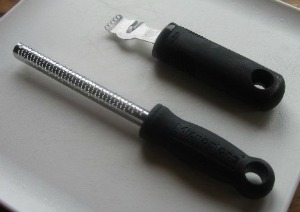 Lemon Zester (top of photo) – Traditional zester, which makes long, thin strands of zest, or a knife. Be sure to finely chop the strands with a knife. A tool for removing the zest of a lemon. A lemon zester allows one to remove the zest (and only the zest) in long strips. A zester has tiny cutting holes that create threadlike strips of peel.
Lemon Zester (top of photo) – Traditional zester, which makes long, thin strands of zest, or a knife. Be sure to finely chop the strands with a knife. A tool for removing the zest of a lemon. A lemon zester allows one to remove the zest (and only the zest) in long strips. A zester has tiny cutting holes that create threadlike strips of peel.
Lemon Grater (such as the Microplane version – bottom of photo) – You will also note that many recipes call for grated zest or peel. In this case, use a fine grater to remove the peel. To zest with the Microplane, just rub the lemon in one direction against the little blades. Turn the lemon as you go so you remove only the yellow part.
Vegetable Peeler or Knife – If you do not have a zester or grater, use a vegetable peeler or a small, sharp knife. Carefully peel off a strip of the lemon skin, working top to bottom. Peel only the topmost layers of the skin. If there is any white showing on the underside (the pith), you have peeled too deep.
Learn how to purchase, freeze, and store Lemons.
Learn How to Juice Citrus Fruits
Bottled lemon juice should be substituted only if fresh lemons are not available as there is no comparison in taste!
Lots of delicious Lemon Recipes.

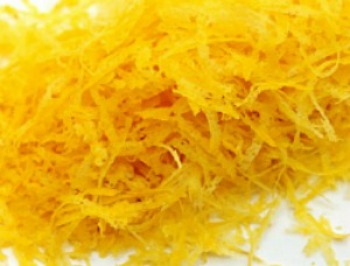
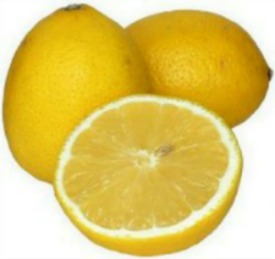
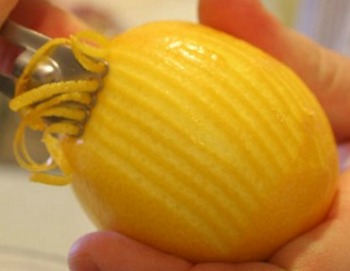

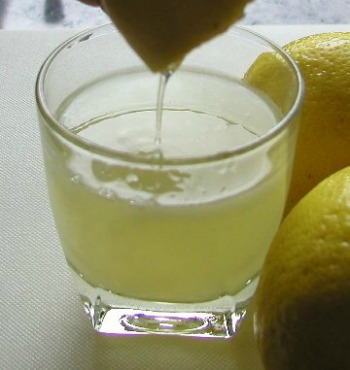
6 Responses to “Lemon Zest – How To Zest Lemons”
Catherine H. Winstead
When I read the recipe, I had no idea what they were talking about. Explanation short and to the point . Thank you for the help.
LESLIE
YOU EXPLAINED IT QUICK AND EASY TO UNDERSTAND THANK YOU
Elizabeth
Awesome article. Thanks! Never heard the plastic wrap trick. This doesn’t get pieces of plastic in with your zest?
LOIS
Just picked a dozen Meyer Lemons from my tree and was looking for a way to freeze and use the zest. Thank you for sharing!
Linda
I was wondering the same thing – I wish there was a picture of that. It sounds like you would be grating the plastic wrap also.
Karen Clark
I’m trying to figure out how much zest 1 lemon produces? My recipe calls for zest of 1 lemon and I can’t convert to tablespoons or teaspoons?